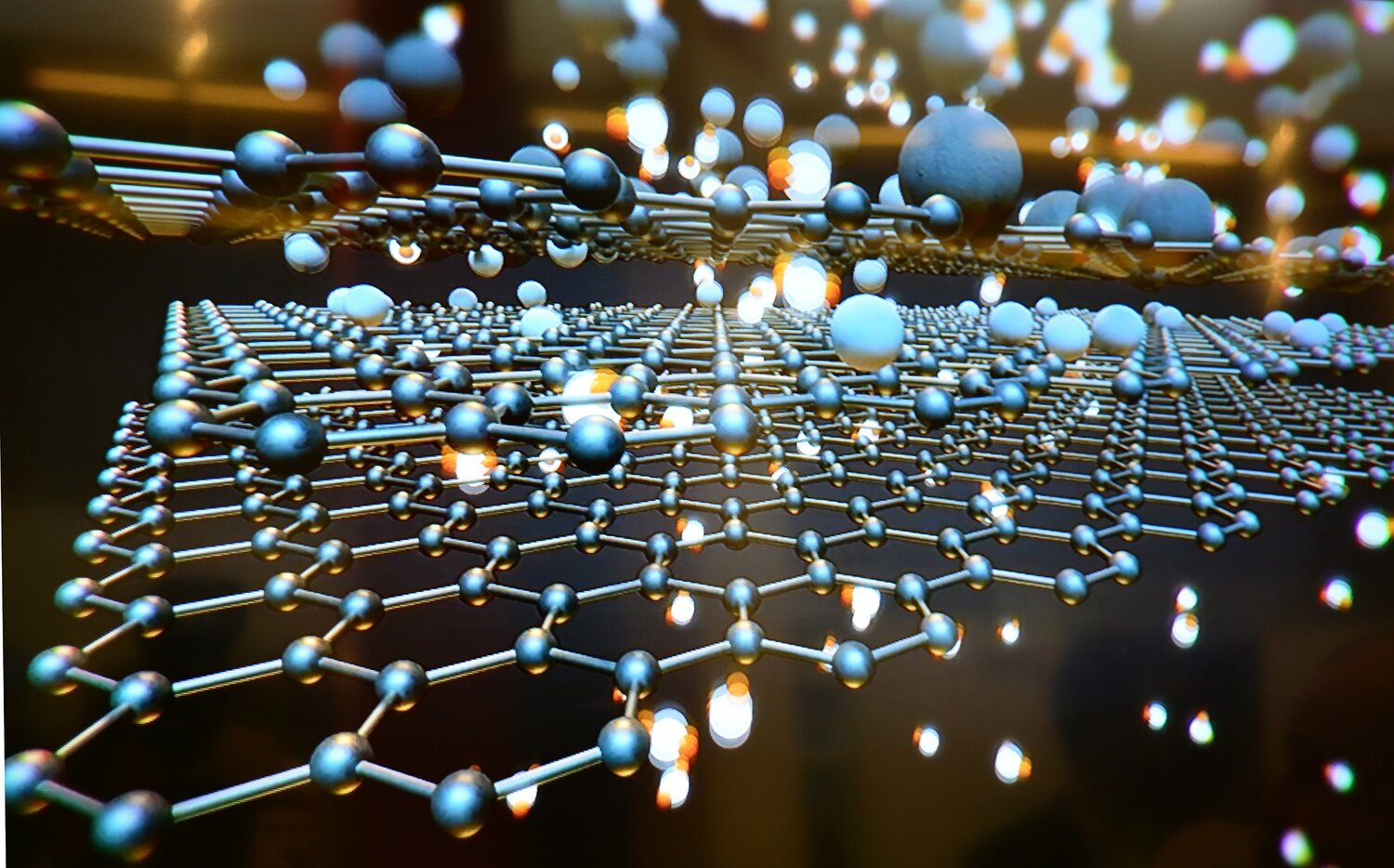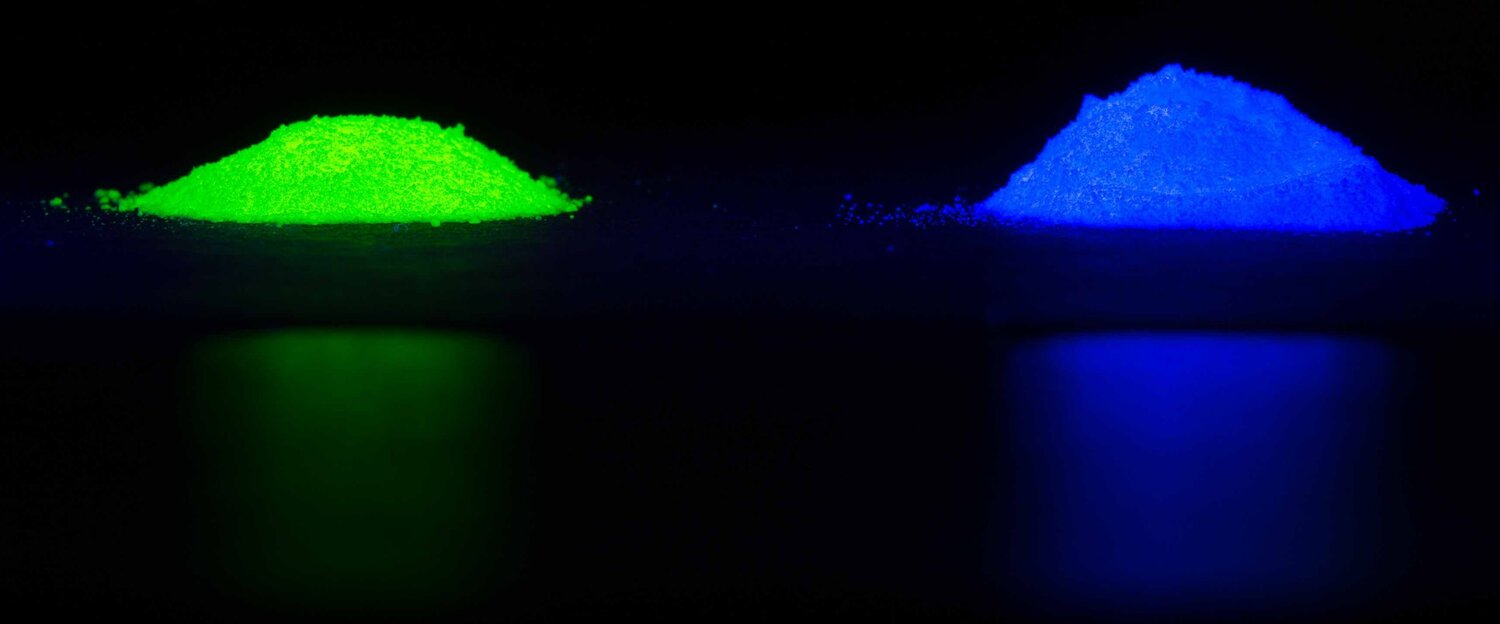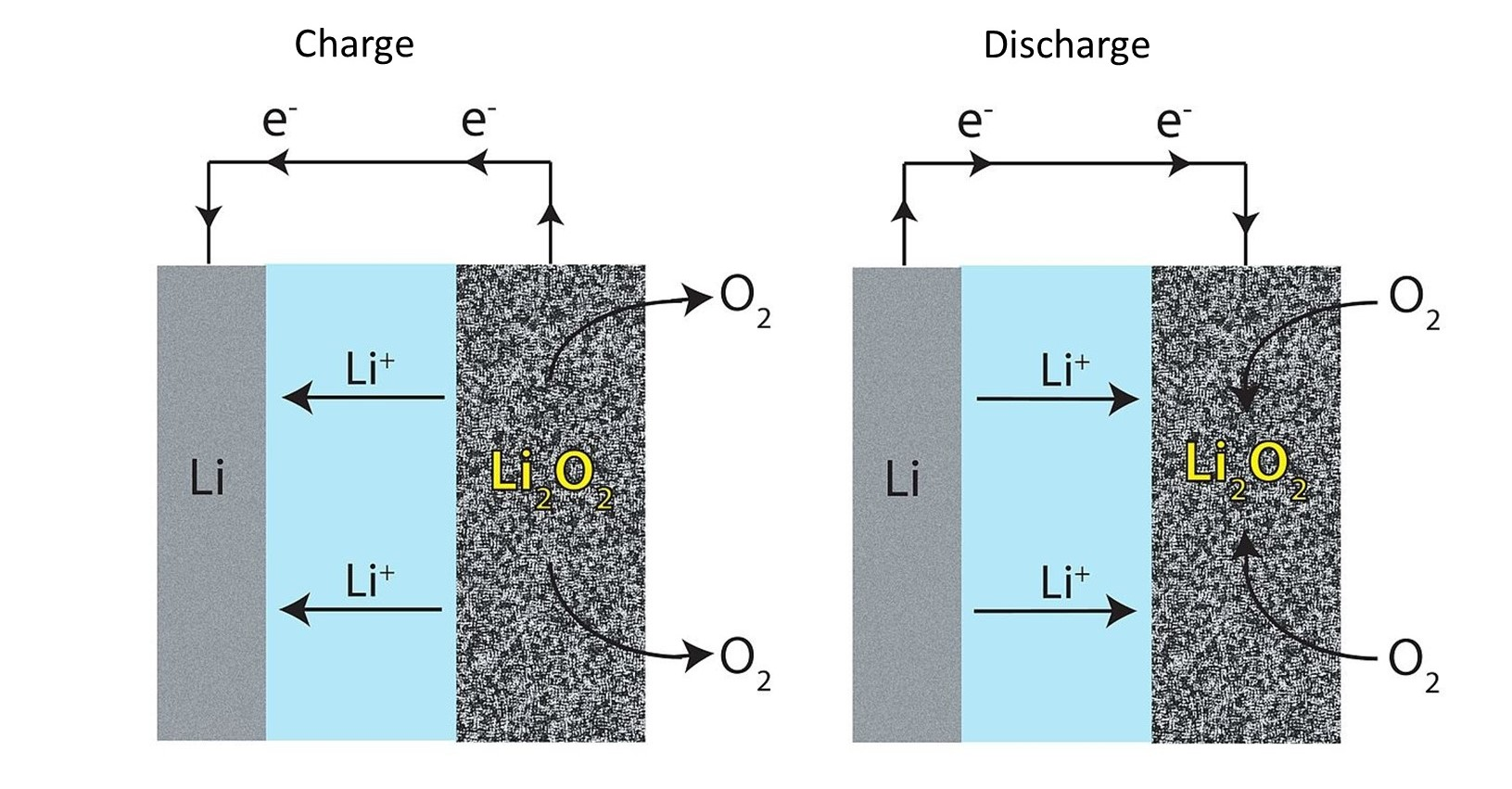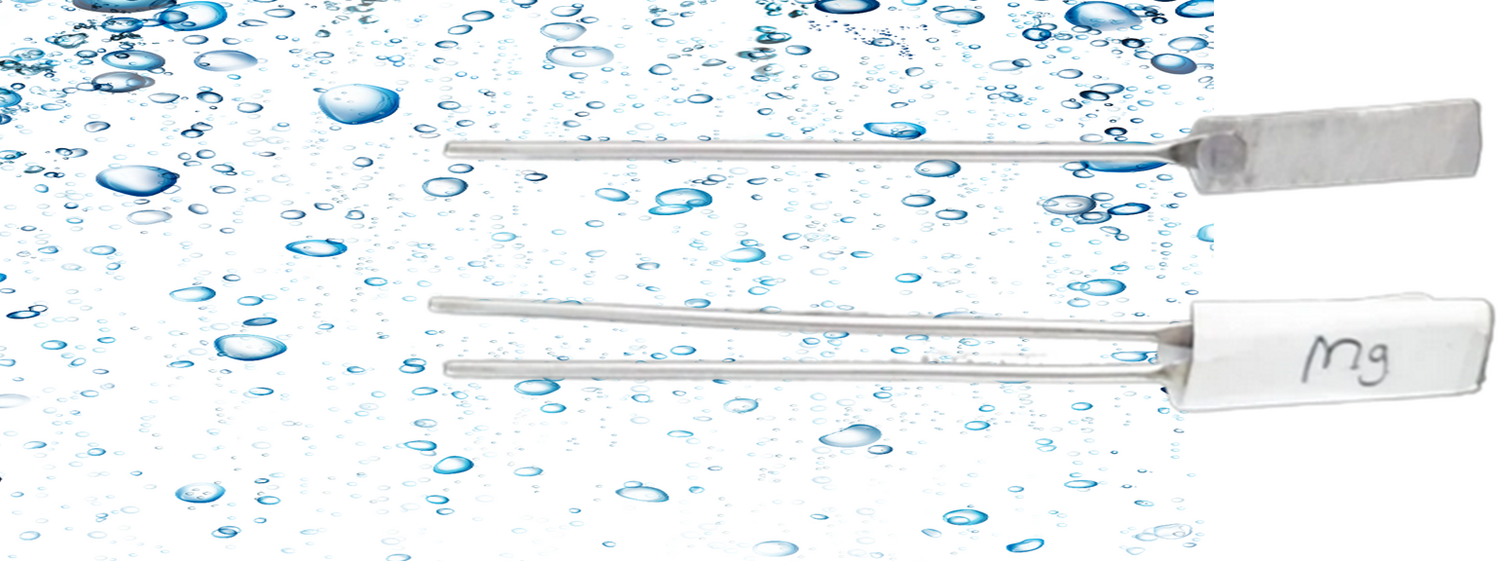Micromobility is here to stay, and it’s changing how we experience urban life for the better. With Unagi’s membership program, you can enjoy all the benefits of a top-tier electric scooter without the sky-high price of ownership or the inconvenience of ride-sharing.
"A new generation of batteries could soon turbo-boost electric vehicles. With e scooters on fast-forward to give you a new standard of commuting experience."
Manufacturers constantly upgrade scooter performance to meet the demands of scooter riders looking for:
- Longer range
- Faster battery charging - and -
- Lighter-weight frames
Notable examples here are Unagi Voyager achieving a triple whammy of ALL the above performance upgrades - which beats out their previous Model One. Or Turboant X7 MAX with its swappable batteries, instantly unfastening from the stem.

In this article ... you'll find out how researchers continue to push forward battery technology - lightweight enough for fast battery swapping, and energy-intense for powering daytime running lights.
Including, today's lithium-ion batteries and checking out:
- Sodium-ion batteries
- Solid-state batteries
- Lithium-air batteries
- Lithium-sulfur batteries
- Lithium Polymer (LiPo) batteries
- Aqueous magnesium batteries
- Graphene batteries
Next-generation batteries ... not only aim to advance the environmental benefits and urgent needs of sustainability. They're also 'plugged-in' to the greater community concept of liberation and discovery. Your free spirit and joy in personal transportation, supercharging your total rider experience.
Let's go ...

What exactly are lithium-ion batteries?
Let's start with lithium-ion batteries, which mostly feature in the current range of electric scooters on the market.
Use of lithium-ion batteries has risen by 500 per cent in the last ten years ( Source: Avicenne Energy, Circular Energy Storage Report, 2018-25).
Previously, a standard lithium battery would contain only pure, metallic lithium. And would also need to be replaced once its single charge had been completely used. Just like everyday batteries you buy for your home at the mall or your local, high-street store.
Today, the vast majority of electric scooters run on a lithium-ion battery. This is because a lithium-ion battery contains lithium compounds. This gives it the ability to be recharged many hundreds of times.

How it works
The battery cells contain electrolyte.
This is a liquid, in which:
- Charge-carrying lithium particles - called ions - travel back and forth between one positive (+) and one negative(-) electrode - an electrical conductor for making contact.
This action causes the battery to release electrons - invisible, sub-atomic molecules which carry electricity and create the charge.
Up to 500 charging cycles
An e scooter battery pack is usually made up of:
- Individual, tube-shaped cells
Many urban e scooters are fitted with a type called 18650, referring to their size in millimeters:
- 18mm (3/4in) x 65mm (2.5 in)
And each cell operates:
- Between 3.0 volts (0 percent charge) to 4.2 volts (100 percent charge).
Total charging cycles
The average lithium-ion battery will generally give you:
- 300 to 500 charging cycles
After this number of charging cycles you may start to see a noticeable drop in capacity of up to 20 per cent. Which will continue to reduce over time.
Lithium-ion batteries have in-built voltage limiters and other safety precautions. Which can make an electric scooter heavy by adding to its overall weight, and may even affect performance of some budget e scooters
A further issue is the use of cobalt for the positive (+) electrode, which can be difficult to resource.
Battery technologies are constantly being improved to meet the need for generating sustainable, clean energy. And e scooter manufacturers constantly look to upgrade their batteries. To give their scooter users a lighter carry, and long haul range on a shorter single charge.

What next-generation scooter batteries may be coming?
Currently, many urban commute electric scooters are powered by battery packs of around 36 - 48 volts, containing lithium-ion molecules ( sub-atomic particles).
But the game is on to supercharge for a 'top speed, more range' e scooter. Equipped for boosting urban commuting to a higher performance scooter level.
But always giving a super smooth transportation, and comfortable riding experience.

Sodium-ion batteries
Sodium-ion batteries have long been considered a real alternative to lithium-ion batteries for energy storage, because:
- Sodium is a readily available, low-cost resource.
How it works
A sodium-ion battery is almost identical to the standard lithium-ion type. The difference is:
- Sodium replaces lithium as the charge-carrying ions which flow between between the two electrodes.
Sodium is comparable to lithium because its chemical reactions can create similar, powerful voltages. The rise of urban micromobility in recent years sees e scooter brands doubling down on higher battery energy in a smaller format.
As recently as 2022, researchers were claiming sodium-ion batteries had reached levels of energy density comparable to some early lithium-ion batteries. The aim is to match or even exceed energy density by 2025. Some manufacturers say they've already achieved this goal.
Tests show an extended lifespan of:
- 300 or more charging cycles - for micromobility vehicles, including electric scooters.
- Up to 90 per cent retained energy.
(Source: US Department of Energy’s Pacific Northwest National Laboratory (PNNL), February 2022)

Solid state batteries
It's important to know there are 2 types of solid state batteries:
- Bulk - stores a large amount of energy, designed for electric vehicles, such as e scooters
- Thin film - stores a low amount of energy, designed for IoT devices
Development of bulk, solid-state batteries for micromobility also ramps up electric vehicle safety. It's not unknown for batteries containing a liquid electrolyte to catch fire if they overheat or overcharge. However, many leading e scooter brands such as Unagi eliminate the risk with in-built, monitor control technology.
How it works
Solid state batteries are made with non-flammable, inorganic solid electrolytes. This gives the batteries an ability to:
- Generate and retain a high-density charge
- and-
- Work more effectively at higher operating temperatures
A solid electrolyte also has a greater ability to generate a charge because there is:
- No separator between the two electrodes
This means that a solid electrolyte battery can have a:
- Faster charging time
- as well as a -
- Larger-capacity for a higher-output
- Longer range and life span

Lithium-air batteries
Clean, sustainable technology is the vision and stated mission of many of the leading electric scooter brands bringing like-minded urban commuters together.
Research has been underway over the last ten years to develop a lithium battery, which uses the oxygen part of air to create the electrical charge.
How it works
A lithium-air battery uses a solid electrolyte instead of the more widely-used liquid variety, but far lighter than lithium-ion.
The lithium-air cells produce a voltage from oxygen (O2) molecules present at the positive (+) electrode.
The O2 molecules react with the positively charged lithium ions to form a white, solid granular material known as lithium peroxide (Li2O2). Electric energy is then created by the electrons drawn from the electrode.
Research shows that this type of electrolyte battery could potentially boost its energy density FOUR TIMES more than a lithium-ion battery to give a LONGER RANGE.
Research also shows that an increased amount of energy put in during charging is released as useful power during discharging. Which means less energy is lost at each recharge.
However, work still needs to be done as an amount of generated energy can be lost as heat and the charge can quickly reduce.
Lithium-air batteries are currently also built as "open-cell" , which is very different way from traditional sealed batteries. And also need extra components for delivering the stored charge.

Lithium-sulfur batteries
High energy density is highlighted once again in the making of lithium-sulfur batteries for next-generation electric scooters.
Sulfur can 'store' more energy than a traditional, ion-based battery. Which means a capacity to give scooter riders longer range.
Sulfur is also both an abundant and cheaply-sourced material. Which could bring an economic benefit to future scooter riding. Without compromising ride quality, performance or maintenance needs.
How it works
In this set-up, a sulfur-containing positive (+) electrode is paired with a lithium metal negative (-) electrode.
Electronic current is created as the ions (charge-carrying particles) pass between the two electrodes.
During development tests, a sulfur-containing 'active' interlayer was also inserted between the electrodes. Which boosted its initial capacity to three times higher.
More impressive still, the active interlayer maintained its high capacity to give 700 charging cycles. That's around double the number of charge cycles of a current, electric scooter lithium-ion battery. Which could mean you enjoy a longer battery lifespan, and more rides before seeing a drop in capacity.
Tests are underway to try to make the sulfer interlayer much thinner and lighter. Which would enable further supercharging your e scooter experience by reducing overall weight and improving portability.

Lithium Polymer (LiPo) batteries
A lithium-ion battery - supercharged to give a high-density, high power capacity in a lightweight format - but with a difference.
Here we have battery cells containing a polymer electrolyte instead of the conventional liquid electrolyte.
Polymer electrolyte is a high conductivity gel, and not a true, lithium polymer solid.
How it works
As with a conventional lithium-ion battery, both electrodes transfer charge-carrying, lithium ions between each other. It also has a polymer separator between the two electrodes, which also contain electrolyte. A polymer separator can act as a safety factor by shutting down the battery if it starts overheating during charging or discharging.
A lithium polymer battery also has another obvious difference - its small and lightweight size. Traditional lithium-ion batteries are usually contained in a rectangular steel or aluminum casing of around 32cm (12.6in) x 7.4cm (3in) x 4.5cm (1.7in).
This battery comes in an aluminum foil “pouch” - known as soft or pouch cells, with a reduced size of around 13.2cm (5.1in) x 7.6cm (3in) x 0.71cm (0.25in).
Electric scooter users will instantly see the benefit of this type of battery technology:
- Higher-energy density battery cells contained in a significantly compact package.
This not only reduces scooter weight for improved riding speeds and portability. It potentially also offers an ability to easily swap batteries and extend range.

Aqueous magnesium batteries
The search for next-generation batteries without a potential fire risk has led researchers in Hong Kong to develop the aqueous magnesium (Mg) battery.
How it works
Here, the positive (+) electrode is magnesium - a metal estimated to be 1, 000 times more abundant than lithium.
The charge is created in the same way as a conventional e scooter battery. Magnesium charge-carrying ions (sub-atomic particles) flow between the two electrodes. A high-density charge is generated.
Salt in water solution
Magnesium metals generally create a highly unstable reaction when used in batteries. When immersed in an aqueous (liquid-moist) environment, a rigid, resistant barrier is formed which blocks unwanted reactions.
Magnesium does have a natural sensitivity to moisture, which researchers regulate using an electrolyte with chloride (salt) added to the aqueous (water) solution.
Test results have shown significant results. An aqueous magnesium battery can:
- Exceed 2.0 - 2.4 voltage of a typical ion battery
And a capacity for:
- 700 plus recharging cycles
The benefits of longer range for electric scooters is clear. However, more work needs to be done to achieve the 3.0 - 4.2 voltage levels of conventional lithium-ion batteries. This is because the water used in aqueous electrolyte 'breaks down' when higher voltages are created.

Graphene batteries
You may have caught the buzz about using graphene as a replacement for lithium-ion batteries. This is because of its:
- Super electrical conductivity - for faster charging and discharging
- Strong physical structure - 200 times stronger than steel
- and -
- Low weight - five times lighter than aluminum
- High surface area - increases energy density for boosting storage level.
All four properties would supercharge long range travel distance for electric vehicles, including e scooters.
Graphene is ... a single layer of graphite - a crystalline form of the element, carbon - just one atom thick. Arranged in a hexagonal (six-sided) or honeycomb-like structure.
To get a picture of how thin a graphene layer is ... around 2 million atoms would fit into a millimeter. It's so thin most scientists consider the material as a 2D structure.
Since it was developed in 2004, graphene has been used to drive forward energy storage, composites, coatings, biomedical devices, and other technology equipment.
How it would work
A graphene battery would operate just like a lithium-ion battery.
But here the electrodes are graphene cells that use:
- 2 electrically-conductive plates coated in a porous ( penetrating) material and immersed in an electrolyte solution
Faster, higher, greater
Because graphene has higher electrical conductivity than lithium-ion, graphene battery cells will:
- Charge faster
- Achieve higher voltage
- and -
- Greater storage capacity per kilogram:
Graphene can store up to 1,000Wh (watt hours) - five times more density than lithium, which can store up to 180Wh.
Fire safety
A critical advantage of graphene batteries is high resistance to catching fire.
Combustion is sometimes caused in traditional lithium batteries by "thermal runaway" during rapid charging, discharging or overheating. It leads to the release of oxygen combining with other flammable materials, and the battery to spontaneously combust.
However, graphene blocks any oxygen from entering into the electrolyte.
Graphene-hybrid batteries
Graphene can also be used to improve the electrode performance of traditional lithium-ion batteries. Known as graphene-hybrid or graphene composite batteries, lithium-ion conductivity can be increased with faster charging and discharging.
At this present time, the high cost of graphene is one of the main obstacles to mass production of graphene batteries for powering electric vehicles such as e scooters.
Summary
The lithium-ion battery is very much the e scooter industry standard. But for how long? Developing new technologies to boost battery performance in electric vehicles never stops.
Research breakthroughs are already giving us a new generation of lithium batteries using air, sulfur, polymer or sodium. Some are capable of generating a charge exceeding present 300 - 500Wh. But will solid state batteries, or those using graphene, ultimately, be the technology to supercharge your e scooting experience?
Right now, we're constantly striving to boost scooter range and cut charging times.
We recognize our growing community of urban commuters share an attitude of sustainable, low-cost and efficient personal transportation.

Supercharge your e scooting experience NOW with longer range and less charging time.

Stay current with the latest U.S. electric scooter laws in our 2025 guide. Updated annually since our first comprehensive guide, ensuring you have the most recent state and city regulations to ride responsibly”

The Slack Core 920R is currently the fastest electric scooter in 2025 that you can purchase without the need for pre-order.

Our selection of the best electric scooters 2025 spans the fastest e-scooters to the most portable ones, the ones designed for city riding and off-road, the best scooters for rain, budget electric scooters for students, and more powerful ones for skilled riders.

The Unagi Voyager is the best lightweight electric scooter for adults and teenagers. It is the ultraportable sequel to its predecessor, the Unagi Model One Classic.

If you're wondering whether an electric scooter with a seat is right for you, this is a detailed article that would suit your need.

Understand which personal electric vehicle is best, the choice between an electric bike or electric scooter might already be made for you by some critical factors, including portability and storage capacity.

In the U.S., most states don't require a license. For those that do, they usually just ask for a regular driver's license or a learner's permit.

Yes, you can bring an electric scooter on a plane, but it needs to have a lithium battery smaller than 100 watt-hours, which most don't.

Manufacturers advise against riding electric scooters in the rain. The main reasons are: water can fry the electronics, make the ride dangerous, and void your warranty.

The basis and the premise of my work is that we either operate out of love or we operate out of fear...Time is currency. The coolest thing about the scooters is that it's really quick, and it goes uphill. From there, traveling more efficiently and having a good time doing it--I think that's the most important thing.

Cynthia Leu has a full plate. A tech worker by day, Cynthia spends her off time balancing the parallel lives of a powerlifter, entrepreneur, mental health advocate, and more. Riding Unagi helps this USMC veteran cut down on everyday…

https://www.youtube.com/watch?v=7m2hVBE62LY Rasheed Muhammad is sick of Los Angeles traffic. In order to preserve his sanity, Rasheed has traded his everyday driving habit for the portable and beautiful Unagi Model One. It’s an essential accessory for navigating LA streets -- and…

Rich Lee, Co-Founder of San Francisco’s SPRO Coffee Lab, wants to share his love for coffee with the world. He depends on riding Unagi to avoid the hassle of navigating the parking crunch in the booming Mission Bay neighborhood.…












